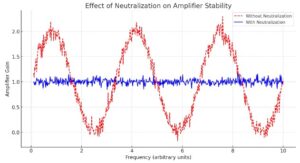



Start Here
The Final Exam is the culmination of the Advanced Amateur Radio course, designed to test your comprehensive understanding and skills across all the essential areas covered in the course, including:
| 1 | Advanced Theory | |
| 2 | Advanced Components and Circuits | |
| 3 | Measurements | |
| 4 | Power Supplies | |
| 5 | transmitters, neutralisations | |
| 6 | Receivers | |
| 7 | Feedlines – Matching and Antenna Systems | |
By integrating knowledge from these varied but interconnected topics, the exam assesses your readiness to tackle the practical and theoretical challenges of advanced amateur radio, aligning with the requirements for the Spectrum Management Advanced Amateur Radio License.
Be sure to login to your hamshack.ca account to track your progress by clicking the [Mark Complete] Button at the bottom of each lesson. You can contact VE7DXE to sign-up for the new Basic Amateur course.
Essential for those aiming for the Spectrum Management Advanced Amateur Radio License, this exam evaluates your proficiency in everything from basic electronics to the complexities of antenna systems, ensuring a thorough preparation for both the certification exam and practical operation.
© Hamshack.ca. All lesson content, diagrams, and quizzes are proprietary and protected by copyright. Access is for personal use only and requires a valid course purchase where applicable. Copying, sharing, or redistributing any material is strictly prohibited. See the Hamshack.ca Terms of Use for full details.
